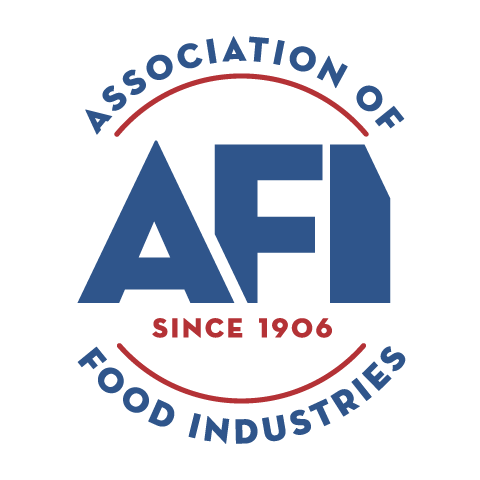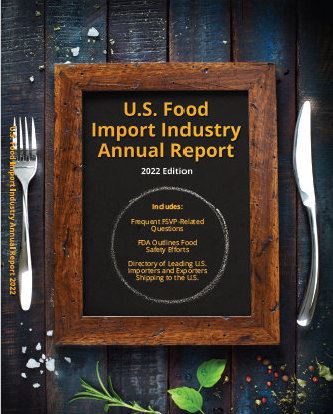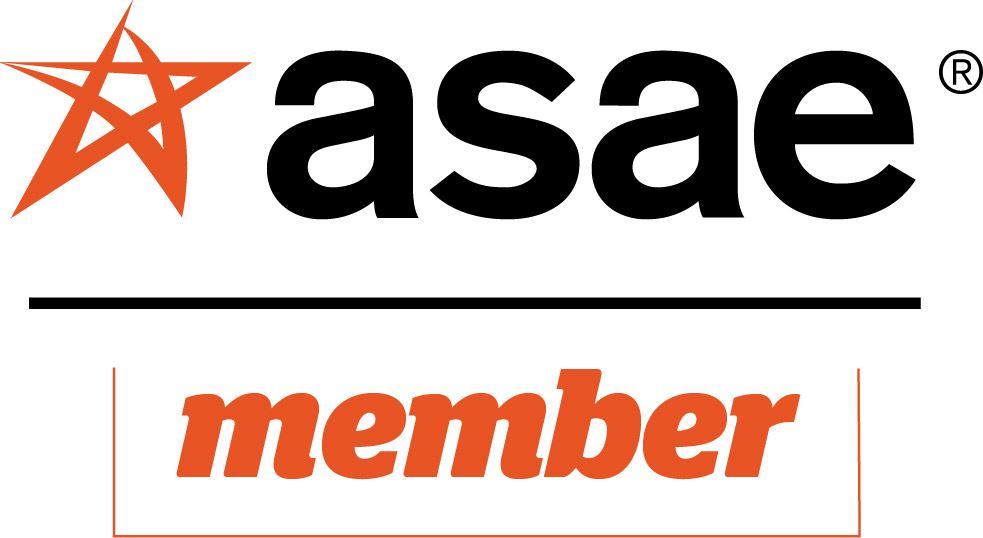Supply Chain Resilience Key to a Firm’s Overall ResilienceAFI Staff Report“Supply chain resilience is a key pillar in the importance of organizational resilience.” Neil Coole, director, food and retail sector, BSI Group, told attendees at a recent food industry event. As modern-day supply chain networks increase in complexity, he said, the ability to identify, quantify and mitigate supply chain risks throughout the procurement, manufacturing, logistics and transportation life cycle – all of which make up a supply chain resilience program – is essential. Global critical risks, he added, run the gamut: product quality issues; modern day slavery; supply chain disruptions; supply chain security risks; counterfeiting and fraud; worker health and safety; environmental pollution; corruption and bribery; and IT and cyber security all threaten the industry. Coole asked the audience to remember a time when all cargo containers were different shapes and sizes, causing inconvenience and accidents. He said BSI was instrumental in developing one global standard size and shape so they fit together more easily and more of them can be carried safely at once. The lifespan of a company today is a fraction of what it was in the 1960s, Coole said. “Information today is instantaneous. Consumers are more demanding and more discerning. They expect organizations to be able to tell their supply chain story; who made this product and under what conditions? Was it made by a good corporate citizen or was there child labor used on site? Is the company destroying the local environment and how can you assure your customers that your information on these factors is accurate? “If you can’t source a flavor, we want to get to the why. And then we can assess the risk factors involved. If something goes wrong there will be less impact to your company. These steps help shorten the impact time, helping to avoid the pricing increases that result,” he said. Coole said his company developed standard protocol to help organizations survive longer. “The goal of government is to improve economic stability and they do this by helping companies thrive,” he said. “The very definition of supply chain resilience is to empower organizations to get in front of incidents that will continue to challenge us. The pandemic is just one such disruption.” Determining how many suppliers (direct and indirect) a company has is the first step to closing risk gaps, Coole said. “How many of these suppliers are critical? Are there contingencies in place? Does the client have plan B and plan C in place in case they lose that supplier? Are those suppliers good corporate citizens or have there been red flags seen in the past, and what has been done to correct them?” Coole asked the audience how often they physically verify the information provided by a supplier. “What color is the building, what does the canteen look like?” he asked. “If you lose that supplier for any one of the risk factors mentioned, are you able to replace that ingredient or will your company lose the time and money needed to reformulate your product? Coole identified six steps on the pathway to supply chain resilience in a company’s ecosystem: 1. Strategy review and planning workshop. 2. Your sites using best practice standards. 3. Your supply chain community – building trust, visibility and resilience. 4. Performance review, risk and category rating. 5. Trusted and verified ESG reporting. 6. Benchmarking and continuous improvement. Coole said there is more forced labor today in the world than there ever has been in the history of mankind. “Coupled with child labor, destructive environmental practices and inequalities, these risks need to be independently verified and eliminated. Each can be a direct link to risk in product quality and environmental sustainability,” he said. Sometimes something can appear to be a risk but once seen in person, is not, he added. The example offered was a cocoa supplier on the Ivory Coast. There were child laborers on site. But upon investigation, it was found that the reason there were children on site was because there were no schools; parents had to bring their children along to work to keep them safe. As a result, the company invested in a school which was a much better solution than dropping the supplier. “That doesn’t help anybody,” he said. “Improving the situation is the better solution.” Confirming critical ingredients and components in the supply chain must happen, he said. “Of these critical suppliers, how many have you visited? Or have anything that you need to look at closer? Are they a potential risk?” Coole said risks come in many shapes and sizes. He offered an example of a big beverage company with whom he was working. The firm executives heard that one of their suppliers was selling off the recipes for a “very nice European beer” to criminal syndicates for use in something that tasted exactly the same. “This is an example of another supply chain risk – intellectual property theft,” he said. Coole said supply chain resilience programs are being rolled out in many sectors, including food. He said some see vertical farming as a way to alleviate some supply chain and environmental concerns. “The carbon footprint from shipping something from Shenzen to Los Angeles is very large,” he said. “This is an entire industry waiting to be created. All of this can be positive change, adding to the bottom line and removing risk where we can, while helping the supply chains do the right thing for the right reason.” Coole said only truthful and valid sustainability and other similar claims should be made, saying some companies that claim they are carbon-neutral are actually buying offsets. “This as buying someone’s good practices,” he said. He said a law was passed in Europe that if a company making such claims can’t provide objective evidence that their supply chain has no core environmental stewardship problem, use of slavery or unethical practices, it can be fined up to 5% of their annual turnover. “With margins being very tight in some markets, that could kill a brand real quick,” he said. “So, this whole program is really about shining a light on the presence of risk in the supply chain,” he said. And helping those suppliers do the right thing for the right reasons.” Coole said that when it comes to a supply chain resilience program, vigilance is key. “What you do not see, you do not know… what you do not know, you cannot manage,” he said. |
2022 U.S. Food Import Industry Annual ReportChairman's Report - James Libby President's Report - Bob Bauer North American Olive Oil Association - Marco de Ceglie Processed Foods - Josh Gellert Nut & Agricultural Products - Travis Walvoord National Honey Packers & Dealers - Greg Olsen Regulatory and Trade IssuesFrequent FSVP-Related Questions FDA Exec: Agency Addressing its Priorities in Protecting Public Health FDA Outlines Food Safety Efforts USTR: Sustainable, Resilient Trade Policies a Shared Concern Supply Chain Resilience Key to a Firm’s Overall Resilience |



